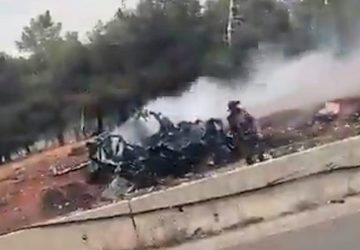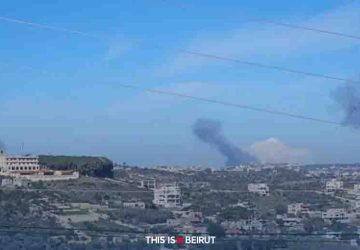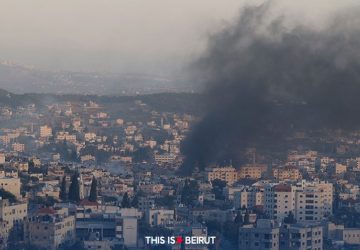Listen to the article
Amos Hochstein, US President Joe Biden’s Diplomatic and Senior Advisor for Energy and Investment, is expected to return to Lebanon on January 10 or 11, at the latest, to engage in discussions over the ongoing confrontations in southern Lebanon between Hezbollah and Israel and actively work towards finding solutions. As part of his new mission in Lebanon, Hochstein will endeavor to relaunch discussions surrounding the delineation of the land border with the Hebrew state. This involves addressing the persistently unresolved dispute over the 13 points along the Blue Line.
Contested by Lebanon, this border was delineated by the United Nations on June 7, 2000, to confirm the withdrawal of Israeli troops from South Lebanon on May 25 of the same year. Nevertheless, it does not correspond to what the official land border should be.
Following the delineation in question, 13 geographical points spanning the 120 km from Ras al-Naqoura in the West to the town of Ghajar in the East have been contentious. Together, these 13 points form an area of nearly half a square kilometer.
These are divided into two sections. The first, referred to as “Basket A” by the Army, extends into Lebanese territory up to a depth of 25 meters or less. It includes seven points located at Ras al-Naqoura (often called B1), Alma al-Shaab, Bsatine, Marwahin, Yaroun, Mays al-Jabal and Odaisseh – Kfar Kila.
The second section, known as “Basket B,” includes six points that extend into Lebanese territory at a depth of 25 meters or more. Two points are located in Alma al-Shaab, and the remaining ones are in Rmeish, Blida, Odaisseh and Mtalleh al-Wazani.
While an accord was reportedly reached for “Basket A” during the summer of 2023, eliminating the need for additional discussions, problems persist with “Basket B.” The thirteenth point, located north of the village of Ghajar, faces strong resistance from the Israelis, who oppose the idea of Lebanese territory approaching some of their villages and the Tel Dan Nature Reserve.
Added to those contentious points is the issue of the Shebaa Farms and the Kfarchouba Hills, which border the Golan Heights. Although technically part of Lebanon, both areas remain under Israeli control.





